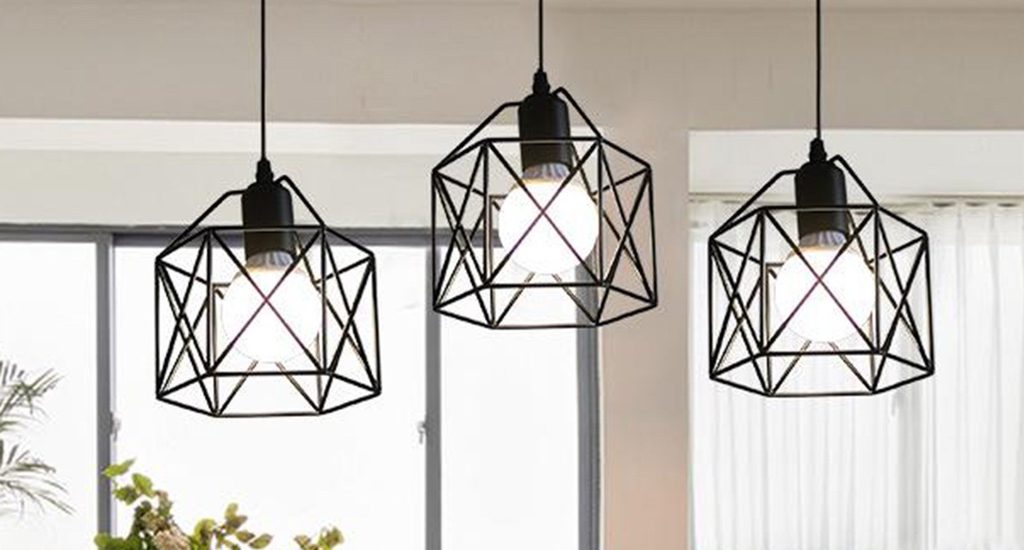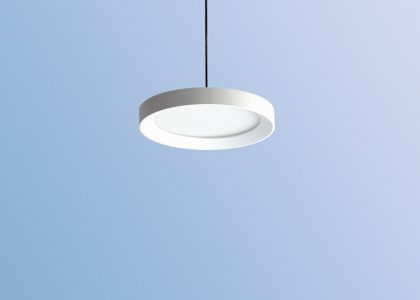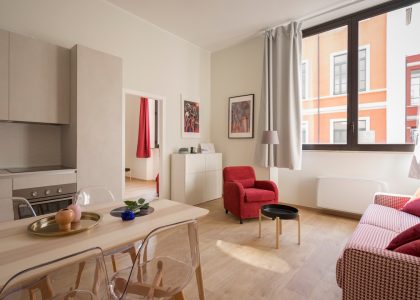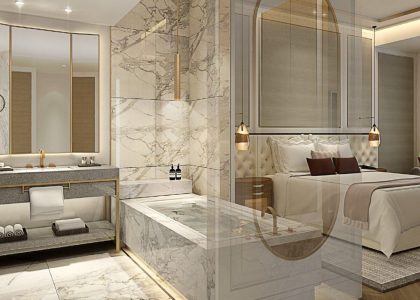Introduction
When it comes to sustainable living, furniture design hasn’t always been at the forefront of innovation. However, a new material is emerging that could entirely transform the way we think about furniture production: mycelium. Mycelium furniture is a new concept that utilizes the natural growth properties of fungi to create furniture that is lightweight, sturdy, and eco-friendly. In this article, we’ll explore how mycelium-based furniture is paving the way for sustainable design practices, and what it could mean for the future of furniture production.
What is Mycelium?
Before we dive into the benefits of mycelium-based furniture, let’s first take a closer look at what mycelium actually is. Mycelium is a thread-like network of fungal cells that grow underground. It’s essentially the root system of fungi, and it serves as the primary mode of nutrient absorption. Mycelium is known for its incredible growth properties – it can expand rapidly and form intricate, interconnected networks that can cover vast areas underground. This makes it an ideal material for use in large-scale design projects.
Mycelium-Based Furniture: How Does It Work?
So how exactly does one go about using mycelium to create furniture? It starts with growing the fungi. Mycelium can be grown on a variety of different plant-based materials, including sawdust, straw, and even coffee grounds. Once the mycelium has colonized the substrate, it can be molded into the desired shape using a variety of different techniques.
One common technique used in mycelium furniture design is the use of molds. Molds are essentially 3D shapes that the mycelium can grow around. Once the mycelium has filled the mold, it is dried out, creating a sturdy, lightweight material that can be shaped and finished as desired. The result is furniture that is not only eco-friendly but also unique and visually striking.
Benefits of Mycelium-Based Furniture
There are numerous benefits to using mycelium-based furniture in design projects. Perhaps the most significant benefit is the sustainability factor. Mycelium-based furniture requires significantly fewer resources to produce than traditional furniture materials like wood or metal. This is because the mycelium can grow on abundant, renewable resources like sawdust or straw, reducing the need for virgin materials.
Another benefit of mycelium-based furniture is its lightweight nature. Mycelium furniture can be up to 80% lighter than traditional materials like wood or metal. This makes it easier to move and reduces the environmental impact associated with transportation.
Finally, mycelium-based furniture is extremely durable. Mycelium is incredibly strong and resilient, and furniture made from this material is built to last. This means that mycelium furniture may actually outlast traditional furniture materials like wood or metal, reducing the need for frequent replacements.
Challenges and Limitations
While mycelium-based furniture shows great promise as a sustainable design solution, there are still some challenges and limitations to be aware of. One significant challenge is the lack of standardization in mycelium furniture production. Since mycelium is still a relatively new material in the design world, there is no set standard for how it should be produced, making it difficult for manufacturers to scale up production.
Another limitation is the current cost of mycelium-based furniture. Mycelium furniture is still a niche product, which means it can be more expensive than traditional furniture materials. While this cost is likely to decrease as the material becomes more widely used, it may still be a barrier to adoption for some consumers.
The Future of Mycelium-Based Furniture
Despite these challenges, mycelium-based furniture is an exciting development in sustainable design. The potential for this material is vast, and as more designers and manufacturers start experimenting with mycelium, we are likely to see even more innovative uses emerge. It’s possible that mycelium could eventually become a dominant material in the design world, replacing traditional materials like wood, metal, and plastic.
In conclusion, mycelium-based furniture is paving the way for more sustainable design practices. Its unique properties make it an ideal material for large-scale design projects, and its eco-friendly nature makes it an attractive option for designers looking to create more sustainable products. While there are still challenges to be addressed, the future of mycelium-based furniture looks promising, and we’re excited to see how this material will continue to transform the design landscape in the coming years.




